Cassiopeia, the Queen.
Click on image for full size
Windows to the Universe original image
Cassiopeia
Cassiopeia was the wife of King Cepheus. She was very pretty, and would often boast that she and her daughter were more beautiful than the sea nymphs, the Nereids. They complained to Poseidon, who unleashed a monster onto Cepheus' land. In order to save their country, the king and queen sacrificed their daughter, Andromeda. Just before the monster, named Cetus, ate the princess, Perseus saved her. All five figures are represented in the sky as constellations.
Cassiopeia has a very distinct shape. She looks like a "W" or "M" in the sky, depending on where she is. Some legends say that Cassiopeia was chained into the sky and sometimes hangs upside-down to remind others not to be so boastful.
Cassiopeia is a northern circumpolar constellation, so it can be viewed all year long. The constellation is made of several variable stars, which change in magnitude throughout time. It is also home to several clusters, or groups of stars. One in particular, M52, consists of hundreds of stars. It can be found on the Western edge.
With the help of a telescope, many distant objects can be spotted. There are two planetary nebulae within Cassiopeia, one being the Bubble Nebula. A few diffuse nebulae are also present, an example being IC 1805. This nebula is located just to the east of the constellation. Finally, a number of galaxies can be spotted, including NGC 185, which is a small distance south of the "W".
You might also be interested in:
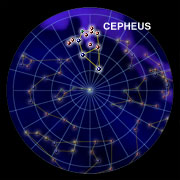
Cepheus is one of the oldest constellations in the night sky. He is a circumpolar constellation, circling around the North Star all year long. This house-shaped constellation is named after an ancient
...more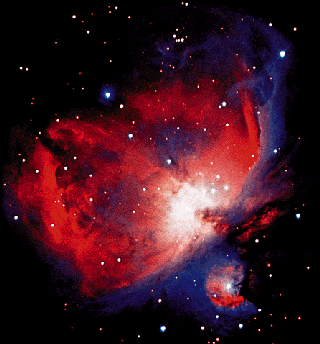
Why would we call nebulae stardust? Because the gas of which they are composed both creates and is created by stars. Stars are composed of very dense, high temperature gas. Nebulae are also composed of
...more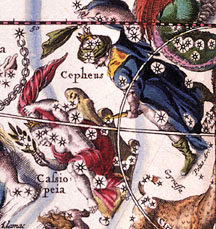
The constellation of Cassiopeia is one of the most famous in the sky. It is very easy to identify the stars that are part of it because they have the shape of a W. Cassiopeia was the daughter of Arabus,
...more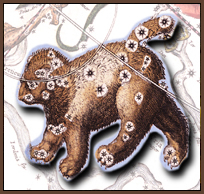
Many different constellations fill the evening sky in the northern hemisphere. Depending on your location and the season, different constellations can be seen. Northern circumpolar constellations can be
...more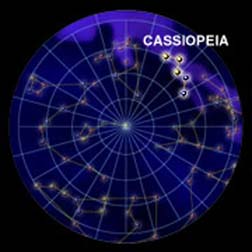
Cassiopeia was the wife of King Cepheus. She was very pretty, and would often boast that she and her daughter were more beautiful than the sea nymphs, the Nereids. They complained to Poseidon, who unleashed
...more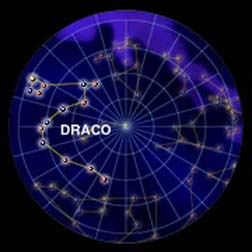
Draco the dragon is a circumpolar constellation, which means it revolves around the celestial North Pole. It can be seen all year round. Draco can is only present in the Northern Hemisphere, so those
...more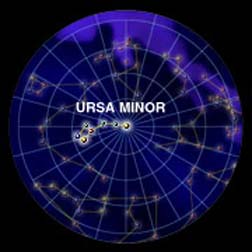
Ursa Minor, also called the Little Dipper, is a circumpolar constellation. This means it never sets in the northern sky. The true figure represented by the stars is the Little Bear. Its counterpart is
...more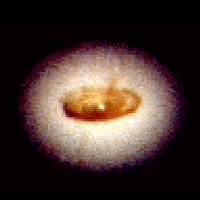
Black Holes are theoretical objects in the Universe which, by their very nature, are almost impossible to directly detect. A black hole is an object which has so much mass and such a high density that
...more














